If I were to take a poll of beginner photographers about what causes them the most confusion and frustration, my money is on understanding exposure.
I know that was the biggest problem for me when I got started in photography.
Being confused about exposure is nothing to be ashamed of, either.
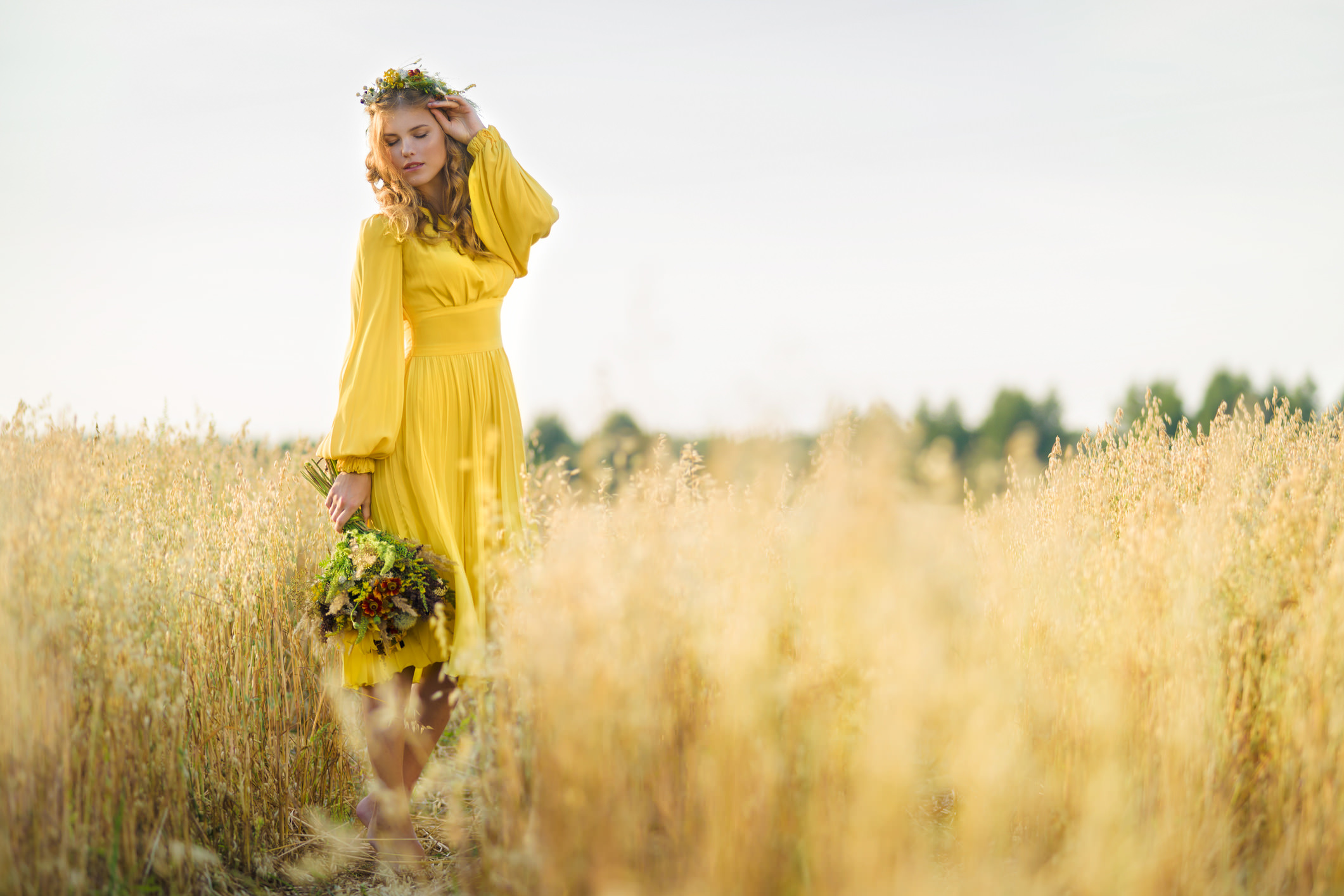

After all, it's complex and complicated, and honestly, it will take some time to master in order to get well-exposed images like the featured image above.
But as confused as you might be right now, I promise that with time, practice, and some guidance, you'll have aperture, shutter speed, ISO, and the relationship between the three down pat.
But as confused as you might be right now, I promise that with time, practice, and some guidance, you'll have aperture, shutter speed, ISO, and the relationship between the three down pat.
To ease the confusion, I've put together the video above and the companion guide below that explains the exposure triangle in very simple, plain terms.
That being said, let's get started!
Table of Contents
- The Elements of Exposure
- Understanding Exposure Via a Metaphor
- Measuring Aperture, Shutter Speed, and ISO
- Exposure Settings Don't Just Impact Exposure
- Wrapping It Up: The Exposure Triangle Explained
The Elements of Exposure

As you can see in the graphic above, there are three elements of exposure: aperture, shutter speed, and ISO.
These three elements are easiest to think of as an exposure triangle, with each element interacting with the other to result in a good exposure.
Each element of the exposure triangle has a slightly different way of manipulating light, and thereby the quality of the exposure that results:
- Aperture is the size of the lens opening. It controls the amount of light that enters the lens. The larger the opening, the more light; the smaller the opening, the less light.
- Shutter speed controls how long the shutter is open. That means it controls the duration of light that's allowed to hit your camera's sensor. The longer the shutter speed, the more light that results. The shorter the shutter speed, the less light that hits the sensor.
- ISO controls the sensitivity of the camera's sensor. The lower the ISO, the less sensitive the sensor is to light. The higher the ISO, the more sensitive it is.
It's important to note that these three elements work together to generate an exposure value (EV). That means that you can't always manipulate one setting without having a direct impact on one or both of the other elements of the exposure triangle.
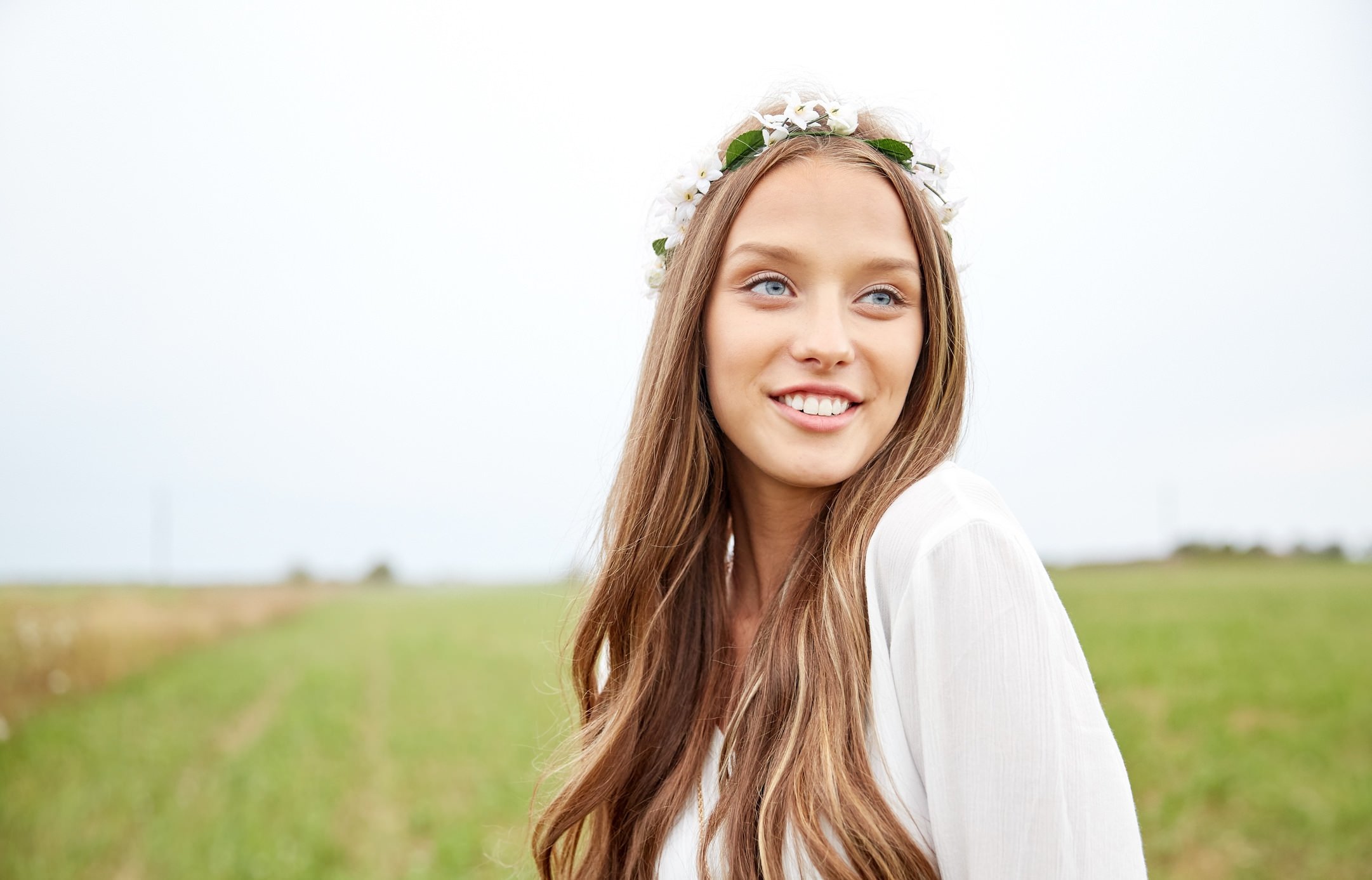
For example, let's say that you're taking a portrait outdoors on a sunny day. You've got your camera mounted to a tripod and have dialed in the following settings:
- Aperture - f/8
- Shutter Speed - 1/125 seconds
- ISO - 400
But with those settings, you find that the image is far too bright, or overexposed. In that instance, you have several choices to rectify the situation:
- You can use a smaller aperture, say, f/11, to restrict the amount of light.
- You can use a faster shutter speed, say 1/250 seconds, to reduce the duration of light hitting the sensor.
- You can use a smaller ISO, say 200, to make the sensor less sensitive to light.
Naturally, if you find that an image is too dark, an opposite action would be necessary, such as using a larger aperture, a slower shutter speed, or a larger ISO.
Understanding Exposure Via a Metaphor
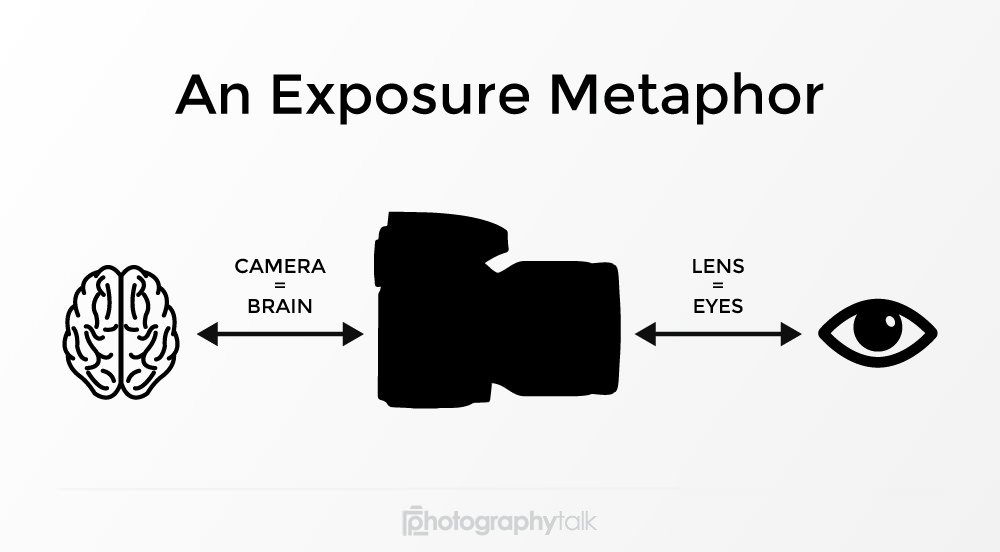
Exposure is easier to understand if we describe it in more familiar terms.
So, think of the camera as your brain and the lens as your eyes.
Just like your eyes can see, but need your brain to record what they see, your lens can see but needs the camera to record what it sees.
In this scenario, think of your eyelids like the aperture of a lens: the wider you open your eyelids, the more light that will enter your eyes. So, having your eyelids wide open would be like a large aperture, like f/1.8. However, squinting to restrict the amount of light entering your eyes would be like a small aperture like f/16.
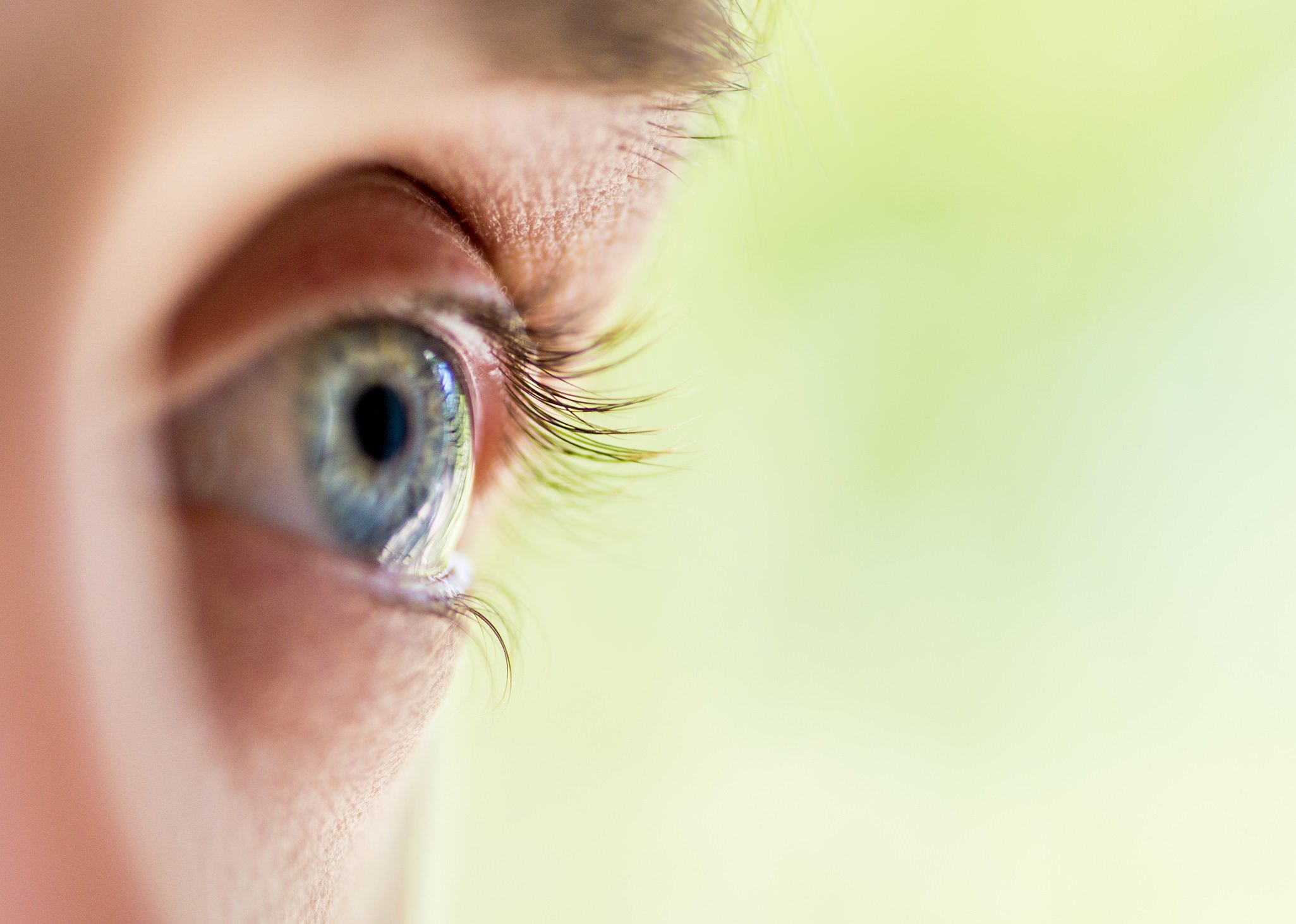
Furthermore, blinking is a good way to think of the shutter speed. The more you blink, the more that the duration of light is restricted. So, blinking a lot would be like using a fast shutter speed, say 1/500 seconds. However, extending the period of time between blinks allows more light to enter your eye. Think of that like using a slow shutter speed, say 1/30 seconds.
Lastly, think of sunglasses as the ISO for your eyes. Wearing sunglasses makes your eyes less sensitive to light, so it's like using a low ISO like 200. But remove those sunglasses on a bright day, and your eyes will become more sensitive to light, like using a high ISO like 1600.
Measuring Aperture, Shutter Speed, and ISO
Part of what makes exposure so hard to understand is the manner in which aperture, shutter speed, and ISO are measured.
All three elements are measured using "stops." One stop equals a doubling or halving of light.
For shutter speed and ISO, those numbers are very straightforward:
- Shutter speed is measured in fractions of a second like 1/250th of a second. Moving one stop up makes the shutter speed 1/500th of a second, which is twice as fast. Moving one stop down makes the shutter speed 1/125th of a second, which makes it twice as slow. It's easy to see how stops double or halve the light.
- ISO is measured in whole numbers like 100, 200, 400, and so on. Moving from ISO 400 to ISO 800 doubles the sensitivity to light. Moving from ISO 400 to ISO 200 halves the sensitivity to light. Again, this is easy to see given that the numbers are nice and even from one stop to the next.
The hard part is figuring out aperture.
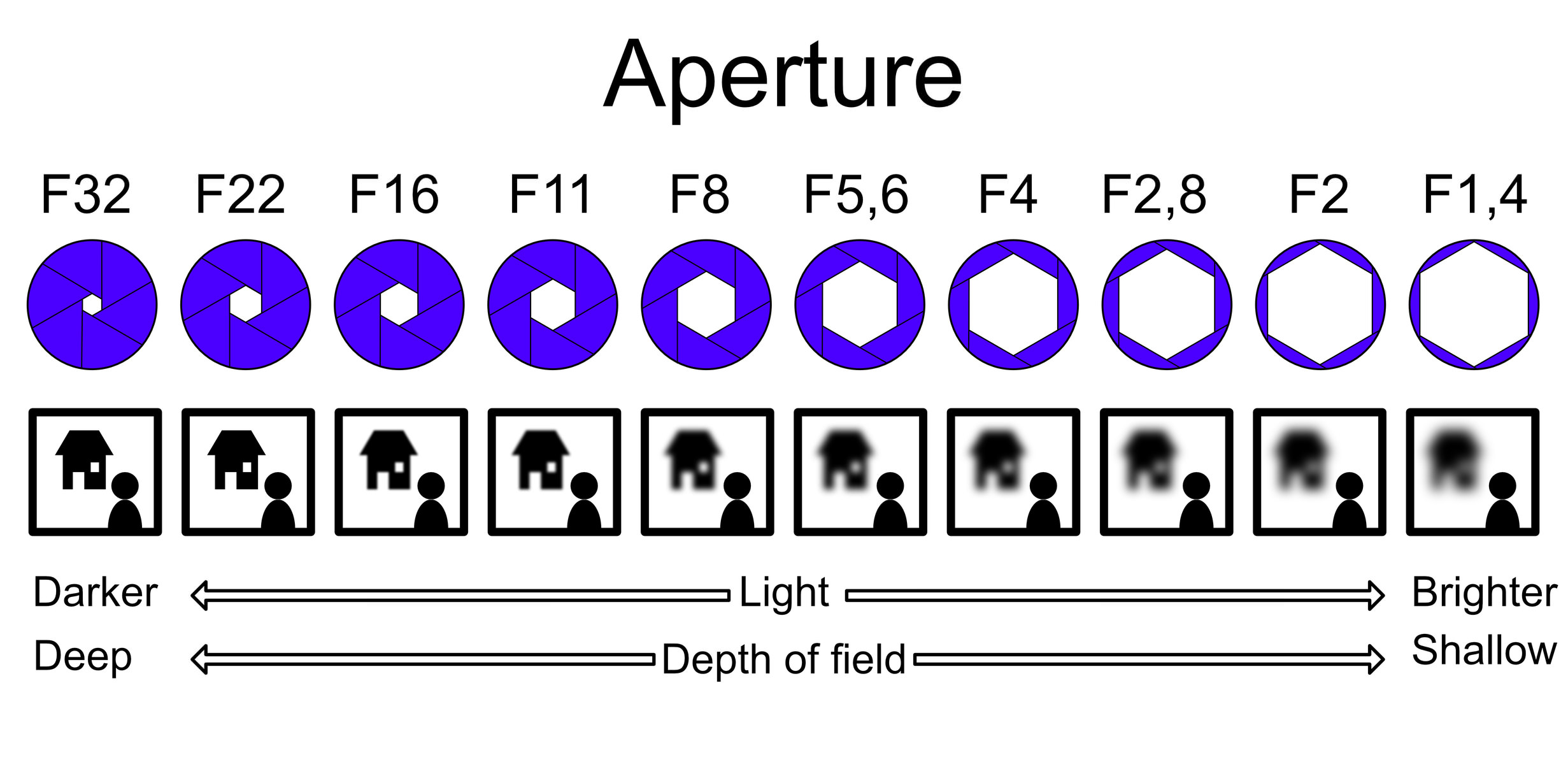
Though it is also measured in stops, commonly referred to as f-stops, the numbers used are confusing in two ways:
- First, the aperture value is the inverse of the size of the opening. That means that a large aperture is denoted by a small number like f/1.8. On the other hand, a very small aperture is denoted by a large number, like f/22. You can see this relationship in the graphic above which outlines many of the common aperture values.
- Second, f-stops don't occur in nice, even numbers like shutter speed and ISO. So, if you're shooting at f/4, to double the amount of light entering the lens, you'd need to change the aperture to f/2.4. To halve the amount of light, you'd need to change the aperture to f/5.6.
The good thing is that you don't have to memorize the f-stop numbers for aperture (or for shutter speed or ISO, for that matter).
What's important is that you understand what changes to each setting does to the exposure. So as long as you remember that a larger aperture number means a smaller aperture and vice versa, you'll be okay.
Exposure Settings Don't Just Impact Exposure

Another layer of the exposure triangle is that each of the exposure settings impact the artistic look of the image.
As you can see in the graphic above, shutter speed controls motion blur, aperture controls depth of field, and ISO controls noise.
That means the following:
- As shutter speed increases, motion blur decreases. If you want to freeze movement, use a faster shutter speed. Conversely, if you want to blur movement, use a slower shutter speed.
- As the aperture size increases, the depth of field decreases. If you want a blurry background for a portrait, use a large aperture like f/2. If you want a background that's in focus, like a landscape shot, try a smaller aperture like f/11.
- As the ISO increases, the presence of digital noise also increases. Digital noise looks like grain, and can be used artistically, often in black and white images, to give them a bit of grittiness. If you want grain, boost the ISO. If you want a clear image, use the lowest ISO possible.
Wrapping It Up: The Exposure Triangle Explained
With that, you have a better understanding of each of the three exposure settings, how they are measured, what they do, and how they interact.
Armed with this information, you will be better equipped to manipulate the exposure of your images, as well as the artistic presentation of motion, depth of field, and digital noise.
I know it's a lot to remember - even when it's explained in small chunks and via metaphors.
But don't get discouraged; re-read this tutorial a hundred times if need be, and spend a hundred hours taking photos and manipulating these settings.
The key is to put your learning into practice, and with more practice will come a better understanding of the elements of exposure and the exposure triangle.
This article about "The exposure triangle" was first published on our website here https://www.photographytalk.com/beginner-photography-tips/the-exposure-triangle-explained